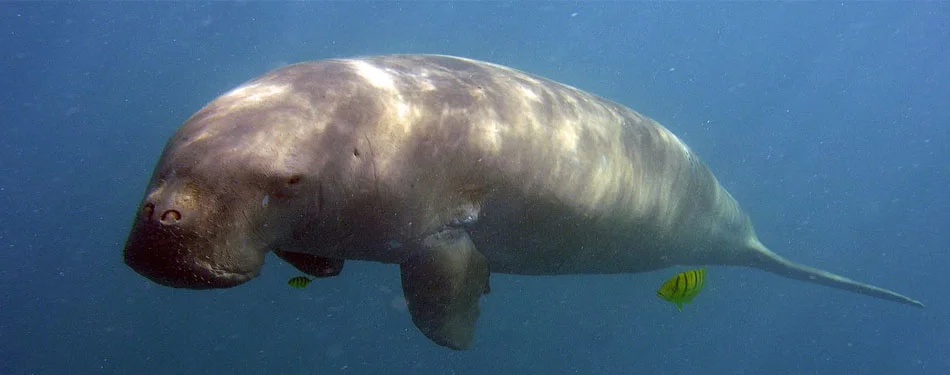
The Andaman and Nicobar Islands, a mesmerizing archipelago in the Bay of Bengal, are not
only renowned for their stunning beaches and clear blue waters but also for their
vibrant and diverse ecosystem. This remote outpost of India is a haven for nature lovers
and wildlife enthusiasts alike. In this blog post, we'll delve into the wild wonders of
the Andaman and Nicobar Islands, highlighting the diverse animals of Andaman and the
unique flora that contributes to the islands' breathtaking beauty.
The islands' isolation has helped preserve several endemic species, both flora and fauna,
which means they are found nowhere else on Earth. The dense tropical forests of the
islands provide shelter to an impressive range of wildlife, including over 270 species
of birds, 225 species of butterflies, and a myriad of unique animals.
Discovering the Diverse Animals of Andaman
1. The Saltwater Crocodile
The saltwater crocodile, often referred to as the national animal of Andaman, is the
largest of all living reptiles and can be spotted in the mangrove swamps and some parts
of the coastline. This apex predator is crucial for maintaining the ecological balance,
though it's wise to admire these magnificent creatures from a safe distance.
2. The Dugong

Often called the "sea cow," the dugong is a gentle marine mammal found in the seagrass
beds around the islands. This species is listed as vulnerable, and the Andaman and
Nicobar Islands are one of the few places in India where dugongs are still found.
3. The Andaman Serpent Eagle
This majestic bird of prey is a highlight among the diverse animals of Andaman. The
Andaman serpent eagle, with its distinctive markings and powerful flight, is often seen
soaring above the forest canopy, searching for prey.
4. The Spotted Deer
Introduced to the islands during the British period, the spotted deer has adapted well to
the local environment. They can frequently be seen grazing near the beaches or in the
forests, adding to the charm of the island's wildlife.
Find out more information, by clicking here
The Flora of Andaman and Nicobar Islands
The islands are not just about the animals; the flora of Andaman and Nicobar Islands is
equally fascinating. The tropical rainforests are home to a vast array of plant species,
including the giant evergreen trees, which tower over the forest canopy, and the rare
Andaman Padauk, a tree known for its deep red wood.
1. Mangroves
The extensive mangrove forests play a crucial role in the coastal ecosystem,
protecting against erosion and providing breeding grounds for many marine species.
These tangled roots are not just a critical habitat for wildlife but also a
captivating sight for visitors.
2. Orchids
With more than 100 species of orchids, the Andaman and Nicobar Islands are a paradise for
orchid lovers. These exquisite flowers are found in various colors and sizes, often
hidden among the lush undergrowth of the rainforest.
Wildlife Conservation Efforts
Conservation efforts are vital for maintaining the biodiversity of the Andaman and
Nicobar Islands. Several initiatives have been undertaken to protect the unique wildlife
and the habitats they depend on. National parks and wildlife sanctuaries, such as the Mahatma Gandhi Marine National Park and Mount Harriet National Park, have been
established to ensure the protection of these fragile ecosystems.
Experiencing the Wildlife in Andaman
For those interested in experiencing the wildlife in Andaman firsthand, there are
numerous guided tours and safaris available. These tours are designed to educate
visitors about the diverse animals of Andaman and the island's ecological significance
while promoting wildlife watching etiquette to ensure minimal disturbance to the natural
habitat.
Tips for Wildlife Watching in Andaman:
● Always maintain a safe distance from animals.
● Use binoculars for a closer look without disturbing them.
● Follow the guidance of your tour guide to avoid restricted areas.
● Do not feed the wildlife.
Want to know more about Andaman, visit here
The Andaman and Nicobar Islands offer more than just scenic beaches and water activities;
they are a dynamic hub of biodiversity waiting to be explored. The diverse animals of
Andaman, coupled with the unique flora of Andaman and Nicobar Islands, create a nature
enthusiast’s paradise. Whether you are an avid birdwatcher, wildlife photographer, or
simply a lover of nature, the ecological treasures of the Andaman Islands promise an
unforgettable adventure.

